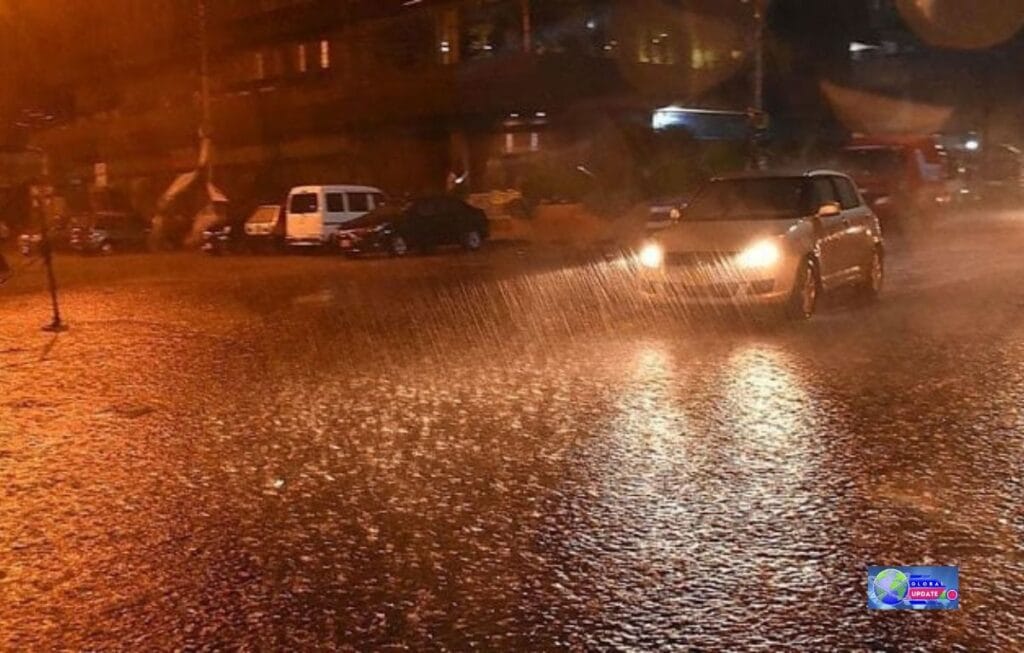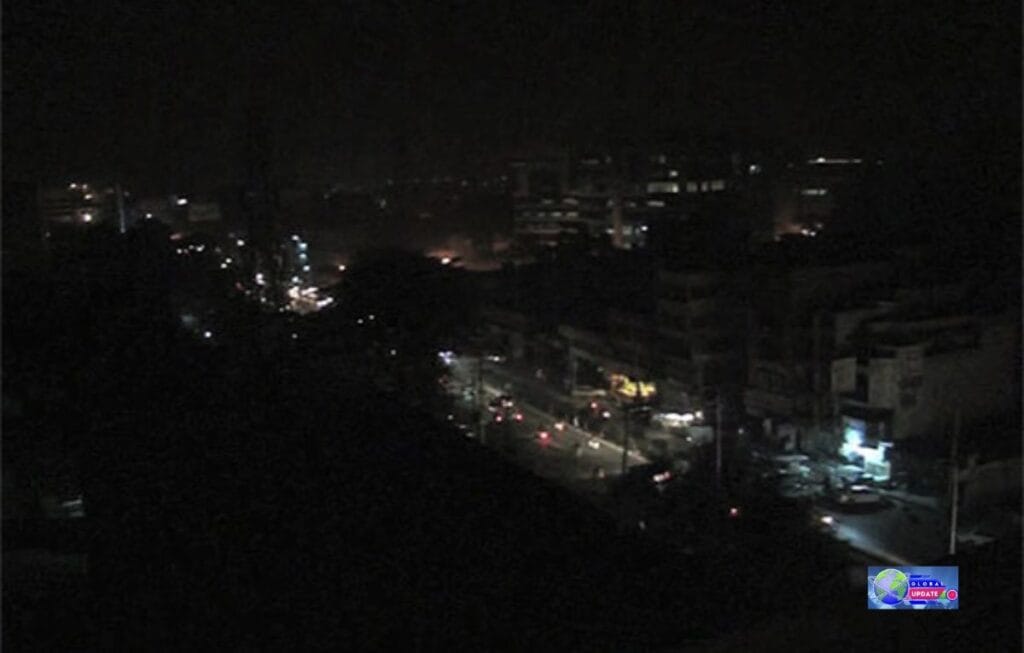KARACHI: Two days after intense monsoon rains, the nation’s largest metropolis and portions of Sindh are still experiencing waterlogging and power outages on Thursday. Officials warn that the next stage of the monsoon might inflict much more damage.
Taking note of Karachi’s power problems, the governor of Sindh says he will meet with the MD of the power utility today.
Even after two days, some communities still lack electricity.
According to KE, 94% of the metropolitan area now has power.
The upcoming monsoon will be more devastating, according to Minister Malik.

The Karachi Traffic Police reports that the Clifton Underpass is still open for traffic, despite the rain flooding several roadways.
The traffic police have restricted traffic to all underpasses except the Clifton one. The Korangi River and Causeway Road were also off-limits to public traffic.
In response to the electricity issue, Sindh Governor Kamran Khan Tessori stated that he will meet with the managing director of K-Electric, the corporation in charge of providing the city with electricity.
Extended blackouts.
People reported going 24 to 48 hours without power in several locations, including North Nazimabad, Gulistan-e-Jauhar, Defence View, Orangi Town, Lyari, Baldia Town, Liaquatabad, Surjani, and the Korangi Industrial Area.
Outages that lasted longer than 36 hours left homes in several areas of the city without water.
Residents of Block 8 in Gulistan-e-Jauhar protested after 32 hours without power, and the same situation occurred in Block 2. Since Tuesday, the supply had halted. 45-hour outages were observed in several areas of North Nazimabad.
Residents in Hyderabad voiced similar grievances, claiming that 90% of Latifabad and Qasimabad remained in darkness and that restoration had postponed for over seven hours.
KE supports restoration initiatives.
More than 500 feeders tripped during the storm, according to Moonis Alvi, chief executive officer of K-Electric, but by Wednesday night, 94% of the city had its supply back.
According to the KE, just 100 feeders had their electricity turned off; the city receives power from 2,000 of the 2,100 feeders.
The utility supplier also stated that efforts are in progress to restore electricity to 100 feeders.
Heavy waterlogging, according to the firm, has limited vehicle movement, making it challenging for field workers to get to impacted locations.
Governor Tessori promises relief.
Late Wednesday evening, MQM leader Dr Farooq Sattar accompanied Sindh Governor Kamran Tessori on a tour of the city’s flood-affected areas. Tessori later stated during a news conference that the city’s biggest problem now is electricity shortages.
He informed reporters that rainwater was forcing families in Surjani to sleep on rooftops. He recommended immediate drainage of low-lying areas and mentioned that food distribution had started in the area.
Over 11,000 complaints, primarily regarding outages, were received by the Governor’s House’s complaints cell in a single day, according to Tessori.
Tessori announced the imminent launch of similar complaint facilities in Mirpurkhas and Hyderabad.
“This is not a time to shift all the blame to climate change,” he stressed.
Tessori announced that K-Electric’s managing director had been called in for a briefing today, saying, “Once the crisis passes, we must address the real causes of these failures.”

Two brothers experienced electrocution.
Meanwhile, Tuesday’s storm electrocuted two brothers in Natha Khan Goth, resulting in their deaths.
According to the police, Murad, age 21, and his brother Siraj, age 16, were the victims.
Officers have charged K-Electric personnel with manslaughter in the case their father filed at the Shah Faisal Colony police station.
A more vigorous monsoon is on the horizon, the ministry says.
The present rainy period is scheduled to last until September 10, and the following monsoon system is predicted to be considerably more powerful, according to Federal Climate Change Minister Dr Musadik Malik.
Speaking on Capital Talk, a news show, Malik stated that the impending rainy season requires rapid preparedness.
He referred to the recent flooding in Khyber Pakhtunkhwa when he remarked that enormous boulders can swept away by cloudbursts and flash floods, “like straws,” causing extensive destruction.
He cautioned that resorts and hotels constructed along flood routes would collapse into rubble, causing much more damage.
During the same late-night talk show, Sindh Minister Nasir Hussain Shah also acknowledged the shortcomings of Karachi’s drainage system. The system’s 40 mm capacity prevented it from managing 200 mm of rainfall.
With minimal oversight in place, environmental expert Dr Zainab Naeem cautioned that unrestrained stone-crushing in mountains has raised the risk of flooding.



